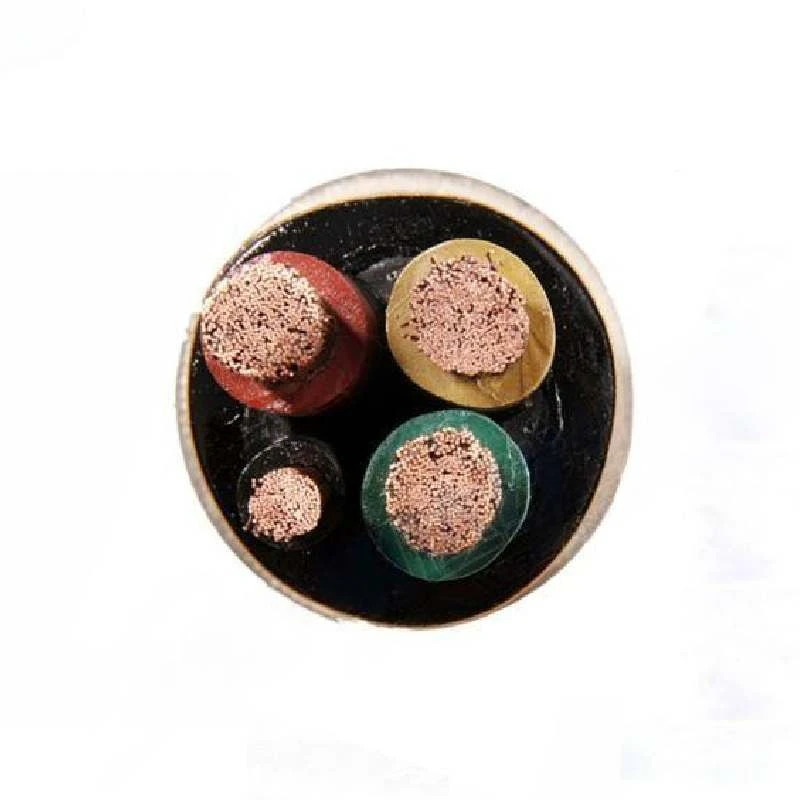Dec . 12, 2024 05:10 Back to list
flange adaptor and dismantling joint
Understanding Flange Adaptors and Dismantling Joints
In the realm of piping systems, particularly in water supply and wastewater management, the significance of reliable connections between different pipe materials cannot be overstated. Among the various components that facilitate such connections, flange adaptors and dismantling joints play a critical role. This article delves into the functionality, applications, and advantages of these essential fittings.
What is a Flange Adaptor?
A flange adaptor is a mechanical device designed to connect two different types of pipes or fittings seamlessly. It typically features a flanged interface on one side, allowing it to be connected to pipe flanges using bolts, while the other end accommodates a pipe of a different material or size. Some common applications include joining ductile iron pipes to PVC or polyethylene pipes, creating a durable and leak-proof connection.
Flange adaptors are particularly advantageous when working with diverse materials. They provide a flexible solution for engineers and contractors who must navigate the challenge of varying pipe technologies. By utilizing flange adaptors, one can ensure the integrity of the piping system while facilitating ease of installation.
The Role of Dismantling Joints
Dismantling joints, on the other hand, serve a complementary purpose. These fittings allow for easy disassembly of piping systems, enabling maintenance and inspection without the need for extensive pipe removal. A dismantling joint incorporates a flexible design that allows movement, accommodating thermal expansions and contractions while still providing a secure connection.
Typically, dismantling joints combine a flanged connection with a sliding mechanism. This allows for the pipes to be separated and rejoined easily, making them ideal for maintenance-heavy applications in municipal waterworks, industrial processes, and wastewater treatment facilities.
Applications in Piping Systems
The versatility of flange adaptors and dismantling joints makes them suitable for various applications
. Both components are commonly utilized inflange adaptor and dismantling joint

1. Water Supply Systems Ensuring robust connections among different pipe materials, flange adaptors allow municipalities to construct water distribution networks using whatever materials are readily available. 2. Wastewater Treatment Plants In these facilities, dismantling joints provide the flexibility required for periodic inspection and maintenance, which is crucial for ensuring that systems operate efficiently.
3. Industrial Applications Manufacturing plants often require adaptations to existing piping systems. Flange adaptors can facilitate the integration of new technologies without replacing entire sections of piping.
4. Fire Protection Systems In fire safety applications, quick access to piping systems can be critical. Dismantling joints allow for rapid assembly and disassemble, ensuring that maintenance checks can be performed quickly.
Advantages of Using Flange Adaptors and Dismantling Joints
The use of flange adaptors and dismantling joints offers multiple benefits. Firstly, they enhance the adaptability of piping systems. Their design allows engineers to connect pipes of different sizes and materials without needing extensive modifications. This adaptability can significantly reduce project timelines and costs.
Secondly, both components contribute to the longevity of piping systems. By facilitating maintenance and inspection, dismantling joints help prevent issues before they escalate into major problems, thus extending the lifecycle of the overall system.
Lastly, they aid in minimizing leaks and ensuring system integrity. The robust design of flange adaptors ensures tight connections, reducing the likelihood of joint failures that could lead to costly repairs and downtime.
Conclusion
In summary, flange adaptors and dismantling joints are indispensable components in modern piping systems. Their ability to facilitate connections between diverse materials while allowing for easy maintenance makes them valuable tools for engineers and project managers. Understanding and utilizing these components effectively can lead to more efficient, reliable, and cost-effective piping solutions in various industries. As technology evolves and the demands on infrastructure increase, the importance of such fittings in ensuring system resilience cannot be underestimated.
Share
-
Reliable Wafer Type Butterfly Valves for Every IndustryNewsJul.25,2025
-
Reliable Flow Control Begins with the Right Ball Check ValveNewsJul.25,2025
-
Precision Flow Control Starts with Quality ValvesNewsJul.25,2025
-
Industrial Flow Control ReliabilityNewsJul.25,2025
-
Engineered for Efficiency Gate Valves That Power Industrial PerformanceNewsJul.25,2025
-
Empowering Infrastructure Through Quality ManufacturingNewsJul.25,2025


